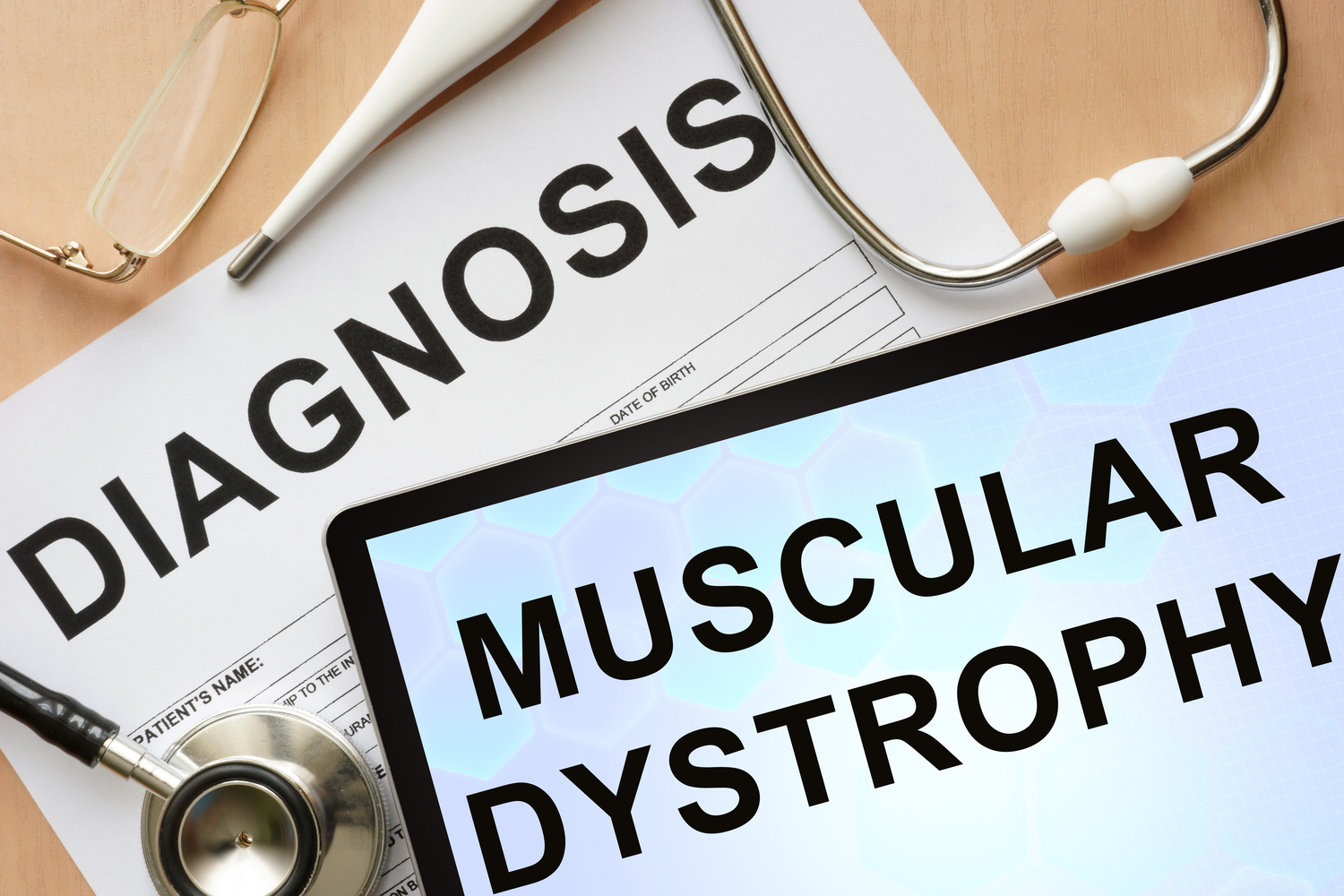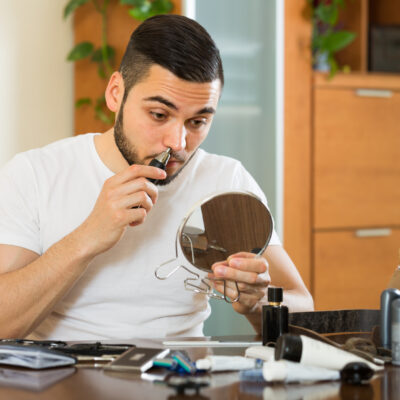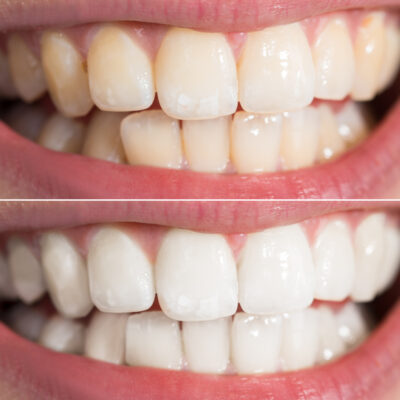
Possible Treatments for Muscular Dystrophy
It is a well-known fact that treatments for muscular dystrophy are not fool-proof. The therapies recommended by healthcare professionals and medications prescribed by doctors can slow down the progression of this fatal condition., but not cure it fully. Muscular dystrophy is a disorder that compromises an individual’s ability to move around normally. But, some new treatment options are being researched that may provide us with a more hopeful future for muscular dystrophy-affected patients.
New treatments for muscular dystrophy include the following:
1. Gene replacement therapy
It is one area of research which is being conducted for treating muscular dystrophy. Since the specific gene responsible for this condition has been found, researchers are now trying to find a replacement gene. It could help produce the missing protein to correct this deficiency. However, this approach is not without its share of complications. For instance, the patient’s immune system may not accept this new gene, i.e., it may repel the new protein.
2. Utrophin Production
This is another of the suggested treatments for muscular dystrophy. Utrophin is almost similar to dystrophin protein that stays unaffected by the condition. If this utrophin release can be regulated, the disease could be slowed down or stopped.
3. Altering protein production
When the dystrophin gene attains a mutation, then it stops and does not complete making the protein. So, researchers are working on testing drugs that will make this protein-making machinery skip mutated content, nevertheless continuing to build dystrophin protein.
4. Medicines for delaying muscle wasting
Instead of targeting genes responsible for muscular dystrophy, it may be better to focus on ways to delay the muscle wasting that is bound to happen. Since muscles in our bodies can repair themselves, it is important to research on increasing this power of self-repair.
5. Stem cell research
It is one of the most promising ways of finding treatments for muscular dystrophy. Researchers are trying to insert muscle stem cells that can synthesize the deficient dystrophin protein.
6. Myoblast transplantation
Myoblasts are satellite cells that are capable of repairing and replacing faulty muscle fibers. When myoblasts get exhausted, muscles get converted into connective tissues.
7. Ataluren
This is a new medicine that was developed for treating specific children, typically above five years of age or older who can still walk. This medicine is available as granules in sachets. One can mix it into semi-solid foods or liquids so that the child can swallow it easily.
8. Creatine supplements
According to recent research, creatine supplements may be able to boost muscular strength in patients affected by the condition. There are side-effects, but these are not too many. Creatine occurs in our bodies naturally and gives energy to our muscles and nerve cells. One can buy creatine supplements from health food stores and pharmacies.
9. Feeding tube
When the disease progresses up to a point when the patient cannot swallow food, they may be given a feeding tube. It has to be surgically implanted into the stomach through their abdomen.
10. Clinical trials
One needs to discuss this option with their specialist or GP. Also, they can browse through databases for such trials for muscular dystrophy-affected patients. Exon skipping is a new treatment that is being researched to see if it can treat Duchenne muscular dystrophy.


